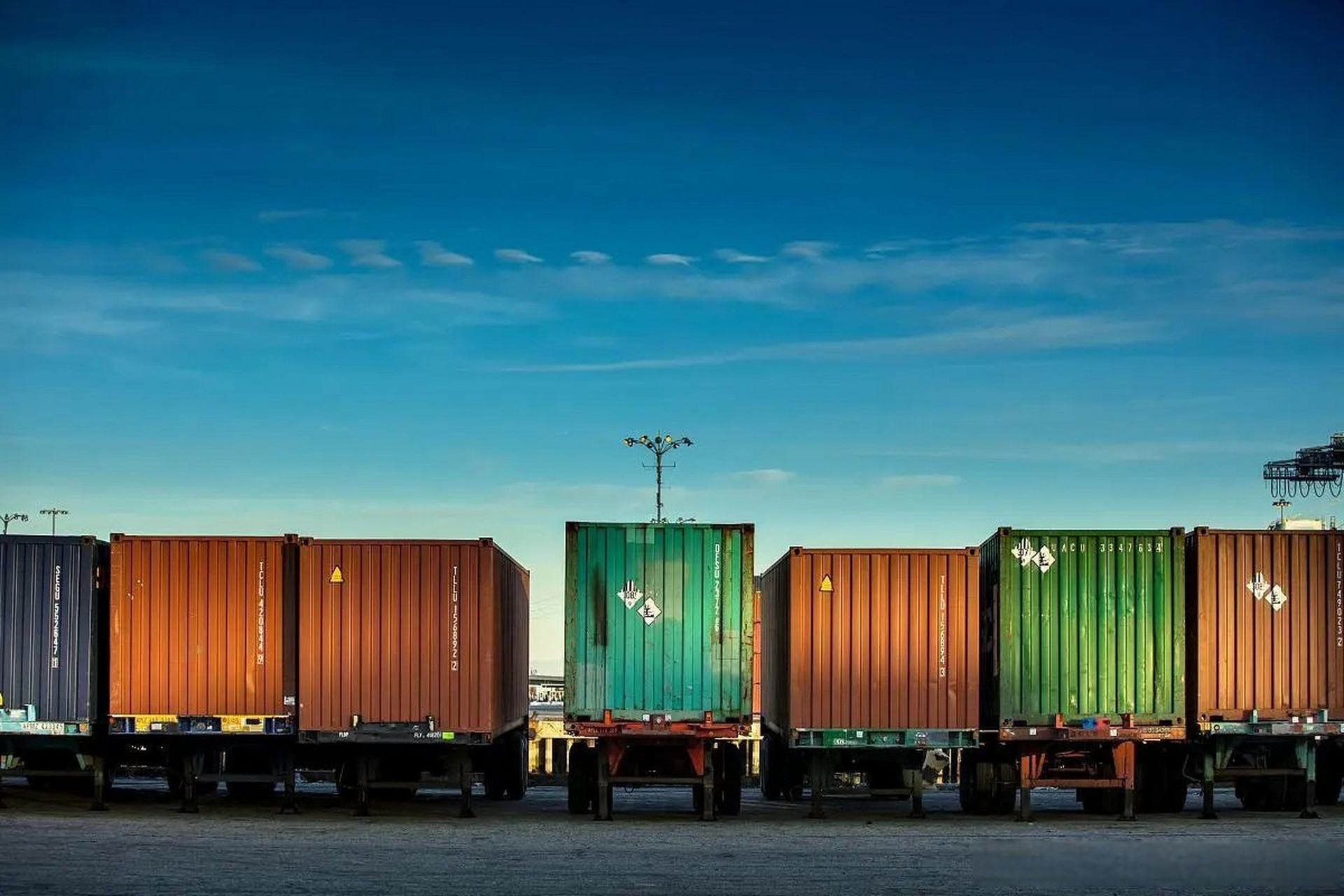Engaging in shipping activities to the Philippines often involves collaborating with local shipping agents. Knowing how to work with a local Philippines shipping agent can significantly enhance the efficiency of your freight operations, navigate local regulations smoothly, and ensure timely deliveries. This guide will provide you with essential steps and practical tips to establish and maintain a successful partnership with a local shipping agent in the Philippines.
1. Research and Select a Reliable Agent
Explore Available Options
Start by researching local shipping agents in the Philippines. Use online business directories, industry forums, and recommendations from peers to compile a list of potential agents. Look for agents with a good reputation and positive reviews from previous clients.
Evaluate Experience and Expertise
Assess the experience and expertise of each agent. An agent with years of experience in the local shipping industry will likely have in – depth knowledge of Philippine ports, customs procedures, and transportation networks. Check if they specialize in handling the types of goods you plan to ship, whether it’s general merchandise, perishable items, or hazardous materials.
2. Initiate Contact and Communicate Clearly
Reach Out and Introduce Your Needs
Contact the shortlisted agents and introduce your shipping requirements. Clearly state the nature of your goods, shipping volume, destination, and any specific deadlines. This initial communication helps the agent understand your needs and determine if they can provide suitable services.
Establish Communication Channels
Set up regular communication channels with the agent. Decide on the preferred methods, such as email, phone calls, or instant messaging platforms. Consistent communication ensures that both parties stay informed about the progress of your shipments and can address any issues promptly.
3. Understand the Agent’s Services and Fees
Review Service Offerings
Request a detailed list of services from the agent. This may include freight booking, customs clearance assistance, cargo handling, and delivery to the final destination. Ensure that the services align with your shipping needs. For example, if you require specialized handling for fragile items, confirm that the agent can provide such services.
Clarify the Fee Structure
Discuss the agent’s fee structure upfront. Understand what services are included in the fees and if there are any additional charges, such as customs duties, port fees, or handling fees. A transparent fee structure, similar to the practices of reliable companies like China Top Freight, helps avoid misunderstandings and unexpected costs.
4. Set Expectations and Establish Agreements
Define Performance Expectations
Set clear expectations regarding the agent’s performance. This includes delivery timelines, cargo handling standards, and communication frequency. Document these expectations in writing to ensure both parties are on the same page.
Formalize the Agreement
Once you’ve agreed on the services, fees, and expectations, formalize the partnership with a written agreement. The contract should detail the scope of work, payment terms, liability clauses, and dispute resolution mechanisms. Review the agreement carefully or consult a legal professional before signing.
5. Collaborate and Monitor the Partnership
Maintain Regular Communication
Stay in touch with the agent throughout the shipping process. Provide updates on your cargo readiness, and request status reports on the shipment’s progress. Regular communication helps build trust and enables quick problem – solving if issues arise.
Evaluate the Agent’s Performance
Periodically evaluate the agent’s performance based on the established expectations. If there are areas for improvement, communicate your concerns to the agent and work together to find solutions. A successful partnership, like those nurtured by experienced freight entities, involves continuous improvement and mutual growth.
In conclusion, learning how to work with a local Philippines shipping agent requires thorough research, clear communication, understanding of services and fees, setting expectations, and active collaboration. By following these steps, you can build a strong and productive relationship with a local shipping agent, ensuring seamless shipping operations to the Philippines. Utilize China Top Freight to help solve the problems you are facing. Contact us today to embark on your smooth transportation journey!


